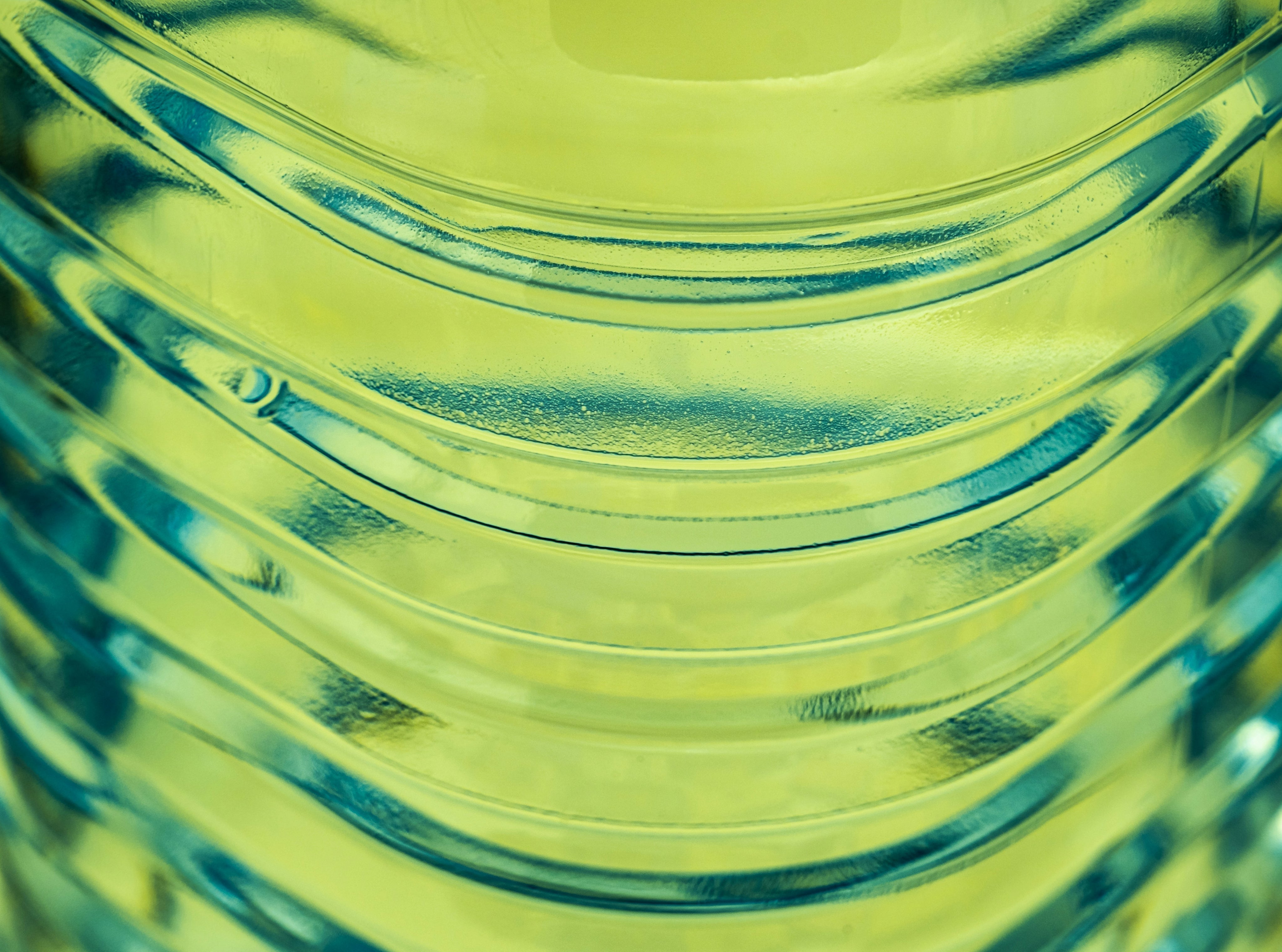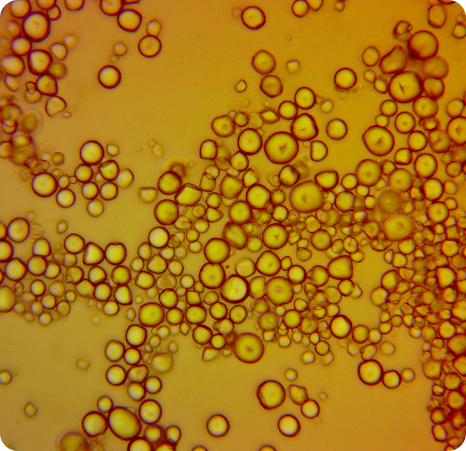For years, we’ve been taught to think about fiber in two simple categories: soluble and insoluble.
Soluble fiber dissolves in water; insoluble fiber doesn’t. One supports digestion, the other supports regularity. End of story.
Except… that story is outdated.
New research shows that fiber’s impact on your gut (and your overall health) has far less to do with whether it dissolves, and far more to do with how it behaves once it’s inside your body.
Instead of simply categorizing fiber as soluble or insoluble, scientists are double-clicking on additional factors like viscosity and fermentability. These characteristics reveal how fiber moves through your digestive system, how your microbes break it down, and ultimately, how it supports your microbiome.
But First: What Is the Difference Between Soluble and Insoluble Fiber?
Before we put our lab coats on, let’s do a refresh of the basics.
-
Soluble fiber dissolves in water, forming a gel-like substance in your gut. It slows digestion, helps regulate blood sugar, and can lower cholesterol. You’ll find it in foods like oats, beans, apples, and chia seeds.1
-
Insoluble fiber, on the other hand, doesn’t dissolve. It adds bulk to your stool and helps food move through your digestive system. (Think: whole grains, vegetables, and seeds.)1
Simple enough, right? But here’s the thing: Newer research shows that how fiber dissolves doesn’t necessarily tell the full story of how it functions in the gut. So let’s go a little deeper… and learn what separates functional fiber from the rest.
The New Science of Fiber
The way fiber behaves in our body depends on three key characteristics: viscosity, solubility, and fermentability.2
Together, these qualities determine how fiber moves through your digestive system, how it interacts with your gut microbes, and how much real benefit it delivers to your health.
-
Viscosity: How Fiber Moves Through You
Viscosity refers to how thick or gel-like a fiber becomes when mixed with water. Highly viscous fibers—like psyllium—tend to slow digestion and form that familiar “gel” in your gut. This can help stabilize blood sugar and promote satiety, but these fibers often aren’t very fermentable. They mostly pass through, providing bulk but minimal nourishment for your microbiome. They’re great for helping you poop, but don’t do much else.3
Low-viscosity fibers, on the other hand, move more freely. They don’t gel up as much, which means they’re more accessible to your gut bacteria… and more likely to support microbial diversity.
So while high viscosity helps with movement and fullness, low viscosity helps feed your microbes.
-
Solubility: How Fiber Blends In
Again, solubility simply defines fiber’s ability to dissolve in water. But here’s the thing: Just because something dissolves doesn’t mean it’s necessarily beneficial.
Some fibers (like psyllium) are technically soluble, but form thick gels that are more challenging for microbes to digest. Others, like inulin and GOS (galacto-oligosaccharides), dissolve fully and stay fluid, which is ideal for bacterial fermentation.4
So it’s not so much about whether something is able to dissolve, but how.
-
Fermentability: How Well Fiber Feeds Your Microbes
This is where the magic happens. Fermentability refers to how well your gut bacteria can break down a fiber. During that process, they produce short-chain fatty acids (SCFAs): compounds like butyrate, acetate, and propionate, which play essential roles in reducing inflammation, supporting metabolism, regulating mood, and strengthening the gut barrier.
So, no: Fiber doesn’t just help you poop. Highly fermentable fibers help shape an active, diverse, and thriving microbiome… a teeming network that powers many different aspects of your health. (They also tend to be gentler on sensitive guts, causing less bloating and discomfort.)5
So… which fibers tick the boxes?
Fibers exist on a spectrum of these three criteria. On one end, you have fibers that have low solubility, low fermentability, and low microbial benefit. Psyllium husk is a great example: It’s technically (mostly) a soluble fiber, but it’s high-viscosity, and isn’t exactly usable by your microbes.
Then there are our “elite” fibers: those that are low-viscosity, highly fermentable, and highly soluble. These include prebiotic fibers like inulin, fructooligosaccharides (FOS), and resistant maltodextrins.
The bottom line
Fiber is critical fuel for the tiny critters living inside of us: the bacteria that resides in our microbiome. But not all fiber is created equal, and it’s not as simple as classifying it as insoluble vs soluble. Once we start to understand how different fibers behave in the gut, we can be that much more prescriptive with the way we nourish our gut… and in turn, our whole health.
REFERENCES:
-
Lattimer, J. M., & Haub, M. D. (2010). Effects of dietary fiber and its components on metabolic health. Nutrients, 2(12), 1266–1289. https://doi.org/10.3390/nu2121266
-
McRorie, J. W., Jr, & McKeown, N. M. (2017). Understanding the Physics of Functional Fibers in the Gastrointestinal Tract: An Evidence-Based Approach to Resolving Enduring Misconceptions about Insoluble and Soluble Fiber. Journal of the Academy of Nutrition and Dietetics, 117(2), 251–264. https://doi.org/10.1016/j.jand.2016.09.021
-
Dikeman, C. L., & Fahey, G. C. (2006). Viscosity as related to dietary fiber: a review. Critical reviews in food science and nutrition, 46(8), 649–663. https://doi.org/10.1080/10408390500511862
-
You, S., Ma, Y., Yan, B., Pei, W., Wu, Q., Ding, C., & Huang, C. (2022). The promotion mechanism of prebiotics for probiotics: A review. Frontiers in nutrition, 9, 1000517. https://doi.org/10.3389/fnut.2022.1000517
-
Khorasaniha, Reihane & Olof, Hana & Voisin, Athalia & Armstrong, Keith & Wine, Eytan & Vasanthan, Thava & Armstrong, Heather. (2023). Diversity of fibers in common foods: Key to advancing dietary research. Food Hydrocolloids. 139. 108495. 10.1016/j.foodhyd.2023.108495.

